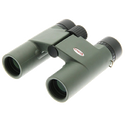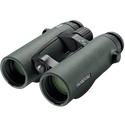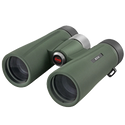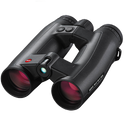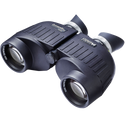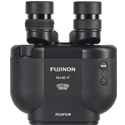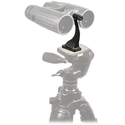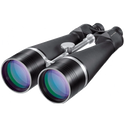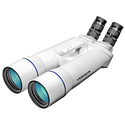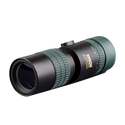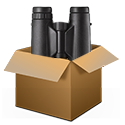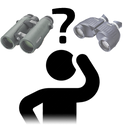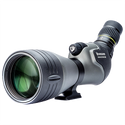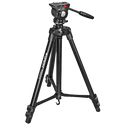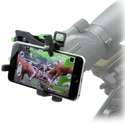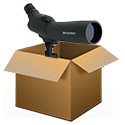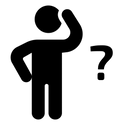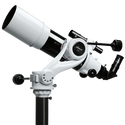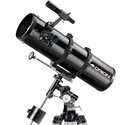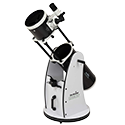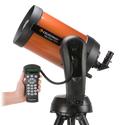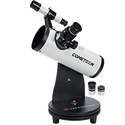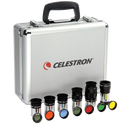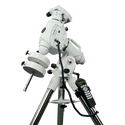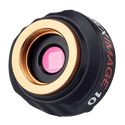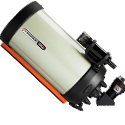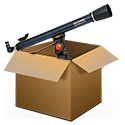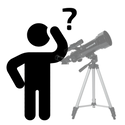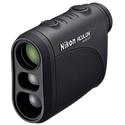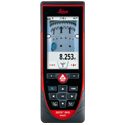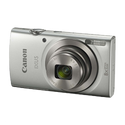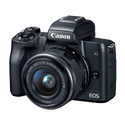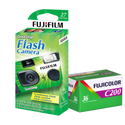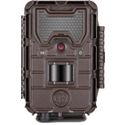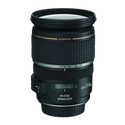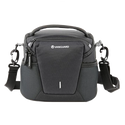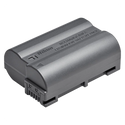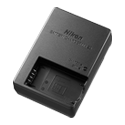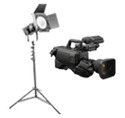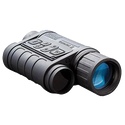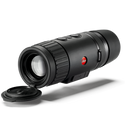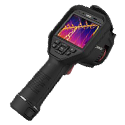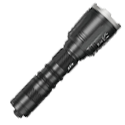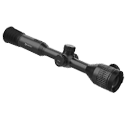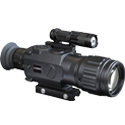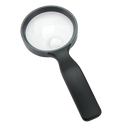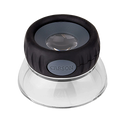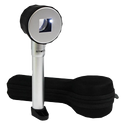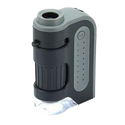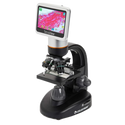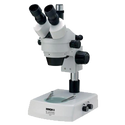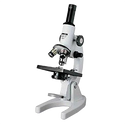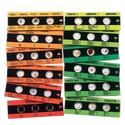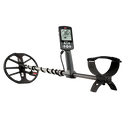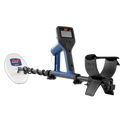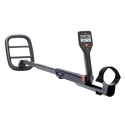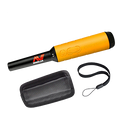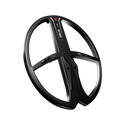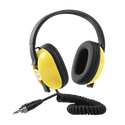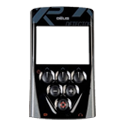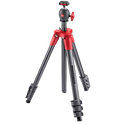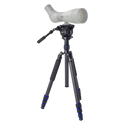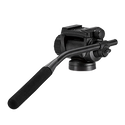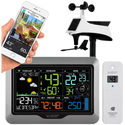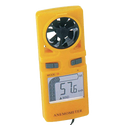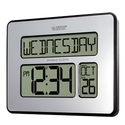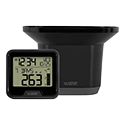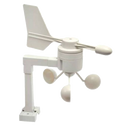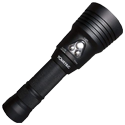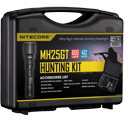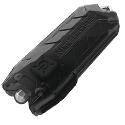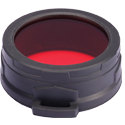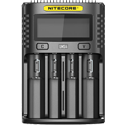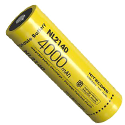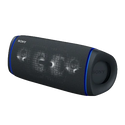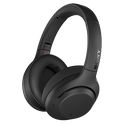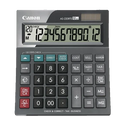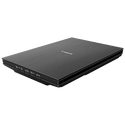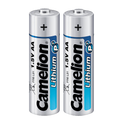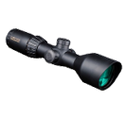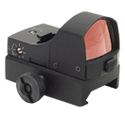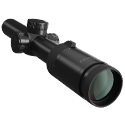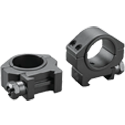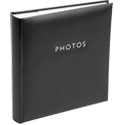Astromaster 130-EQ MD Telescope - Customer Review
Posted by Mike Jones on

- Recommended by Sky at Night Magazine as BEST beginner's equatorial scope.
- Quick and easy no-tool setup
- Permanently mounted StarPointer
- Erect image optics - suitable for terrestrial and astronomical use
- Quick release dovetail attachment - no tool setup
- German Equatorial mount
- Pre-assembled tripod with 1.25" steel tube legs
- Accessory tray for convenient storage of accessories
- “TheSkyX – First Light Edition” astronomy software with a 10,000 object database, printable sky maps and 75 enhanced images
First Use
This is a big and sturdy telescope which will give you a great view of the Moon and some better glimpses of planets. I find viewing Saturn the most impressive. You can clearly see how the left and right edges bulge. The bulges are actually the rings and it's most impressive when you first spot this. Seeing Saturn for the first time with your own eyes, and it looking bigger and more detailed than the bright star you are used to is quite amazing. Of course if you want to see more detail you will need something with greater magnification.
The tripod is sturdy and this really is a good telescope if this is the magnification you are looking for.
In the first observing session I did not know how to polar align the equatorial mount, and I did not bother about it either, was just too excited to have view from the scope first. I removed the eyepiece cover and inserted the 20mm Eyepiece, then aimed at the moon and with some difficulty was able to point it in right direction. This red dot finder is perhaps the most criticized part of this particular make telescope, but it’s not that bad once you get used to it and use it correctly.
The moon appeared majestic and in extraordinary detail, even with my camera at 40x zoom I had not been able to view such immense detailed view of moon at just 33x with the 20 mm eyepiece. At first view itself the telescope boasts its power well. I was impressed and ready to insert the next 10mm eyepiece with 65x magnification. The view became even better. It was impressive. I tried viewing terrestrial objects too after that and actually I could not locate what I saw through the scope from the naked eye. This was amazing too.
The first day itself I aimed it at Jupiter; it was difficult as the star pointer was mis-aligned but I had no idea that it could be mis-aligned and can be aligned to point correctly.
So finding Jupiter was tough but I did not give up and finally viewed it in the ocular. With the 20 mm eyepiece I could see the four Galilean moons and Jupiter clearly. On the first day I forgot to change the eyepiece to 10mm, as a result of over excitement. But later I have observed Jupiter, and you can make out the bands of Jupiter and the four satellites clearly Io, Europa, Ganymede, Callisto. I should also mention that the focusing knob moves very smoothly and it’s very easy to focus.
In the next few sessions I learnt how to polar align the telescope, which, opposed to the common conception is quite an easy process. The Celestron Manual which accompanied the telescope describes 3 methods of aligning the telescope to Polaris, after polar alignment it is easier to view and track objects, without the knobs and mount coming in the way, or leading to some direction of motion which is not possible. That used to happen with me when I used it without polar aligning it first. I really thank the equatorial mount for the ability to view objects and I am glad I did not choose a alt az mount telescope, for I can now figure out how difficult it will be to follow an object with such a mount. At high zoom the object moves out of scopes view in 8-10 seconds. You have to keep rotating the RA knob to follow it. An alt az mount must be very difficult to use.
The counterweights are so beautifully shaped it adds to the looks of the telescope. None of the telescopes have so good looking counterweights. Along with the metallic orange gears, screws and dovetail the telescope is a beauty.
The piggyback camera mount is also helpful and I have taken few nice pictures of constellations using it. The front lid has a small aperture covered with a cap which can be opened and helps in reducing brightness of very bright objects such as the moon.
Till now I have had about 10-12 observing sessions. Some of them lasting all night, and I am very satisfied with the telescope. I have seen the Orion Nebula M42, Saturn and its rings, Venus in its phase and various star clusters such as the Pleiades. All this with only the supplied eyepieces. Celestron specifies maximum usable power of this scope as 307x. Which is a lot compared to the maximum I have seen with it at 65x (with the supplied eyepiece). I have ordered a solar filter and Celestron accessory kit with various eyepieces, filters and Barlow to extract the maximum out of this scope. Definitely expecting a lot more to explore with the upgraded eyepieces.
Overall, for a beginner I think it is one of the best scopes available and huge value for money considering that certain nexstar series scopes and certain meade telescope of the same aperture have very high price for very few added features. I would rate this scope 7 out of 10.
Sample Photography

Jupiter

Moon

Lunar Surface

Far, Far Away...

